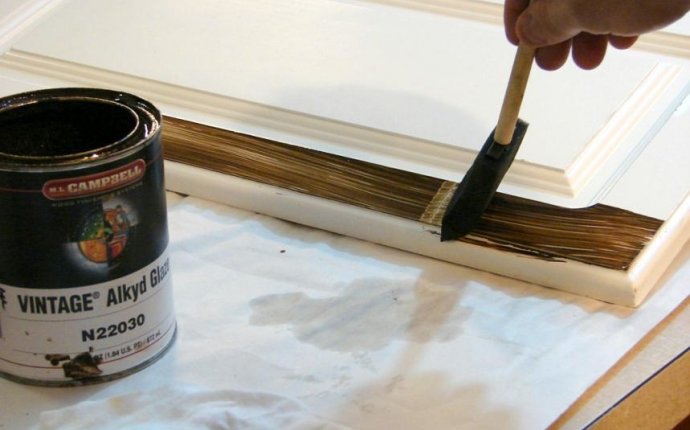
How to Stain Antique furniture?
If you discover missing veneer, chipped wood or a damaged molding, you can fix it easily with epoxy putty. Kevin showed us the process he uses (watch a video of him patching a piece of chipped veneer with Quickwood), and the resulting repair is so realistic that it’s hard to spot. When it’s hardened, the epoxy is light colored and about the density of wood. You can shape, sand and stain it like wood too, so it blends right in. Quickwood and KwikWood are two brands of this Tootsie Roll–shaped epoxy. You’ll find it at home centers and specialty woodworking stores for about $9 a tube.
To use this type of epoxy, you slice off a piece with a razor blade or utility knife and knead it in your gloved hand. When the two parts are completely blended to a consistent color and the epoxy putty starts to get sticky, it’s ready to use. You’ll have about five or 10 minutes to apply the epoxy to the repair before it starts to harden. That’s why you should only slice off as much as you can use quickly.
See photo for how to replace missing veneer. Here are a few things you can do before the putty starts to harden to reduce the amount of sanding and shaping later. First, smooth and shape the epoxy with your finger. Wet it with water first to prevent the epoxy from sticking. Then use the edge of a straightedge razor to scrape the surface almost level with the surrounding veneer. If you’re repairing wood with an open grain, like oak, add grain details by making little slices with a razor while the epoxy is soft.









